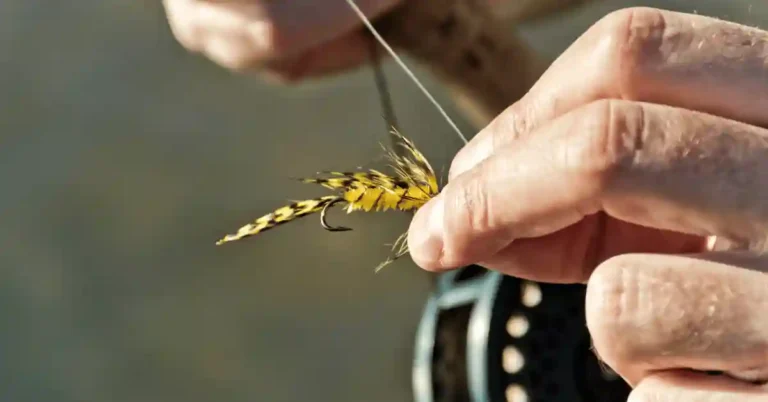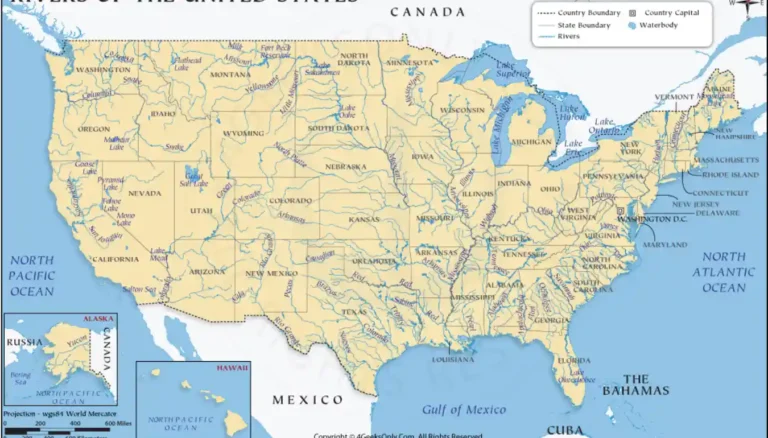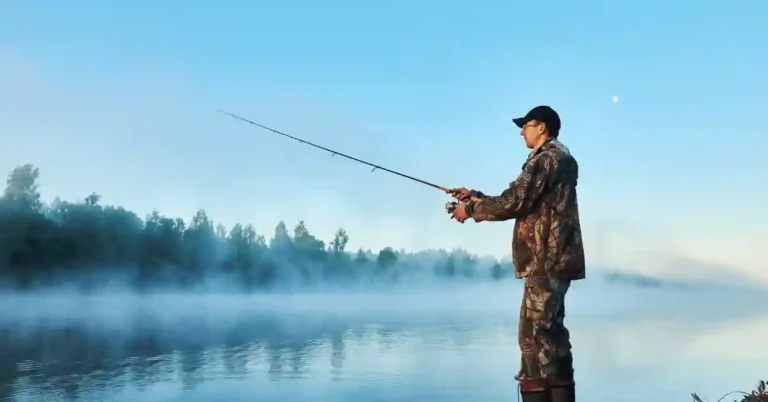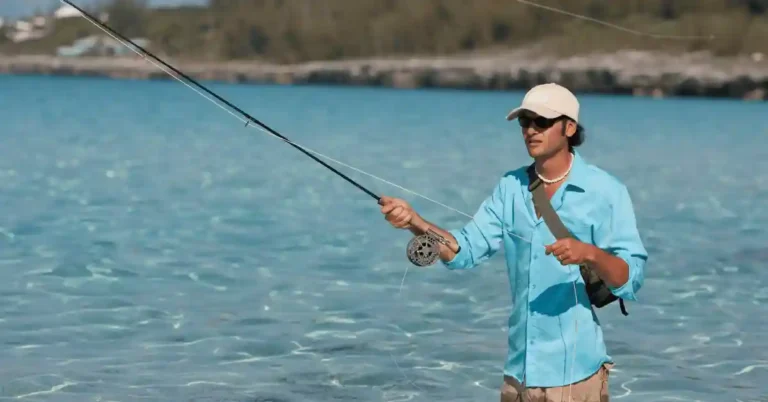Fly Fishing Setup for Trout For Beginners | Expert Guide
Fly Fishing Setup for Trout For Beginners | Expert Guide As I explore the calm world of fly fishing for trout, I’ve found something that is a must – having the right gear isn’t just helpful; it’s super important for catching fish. From sharing stories by the peaceful river bends to the exciting moments when…








